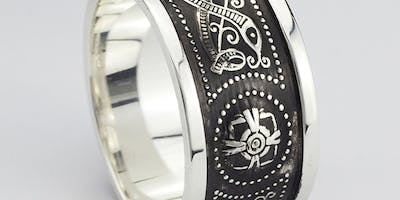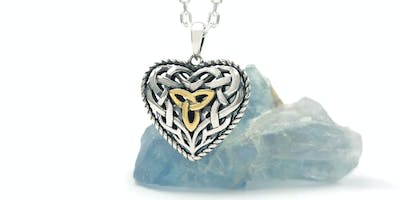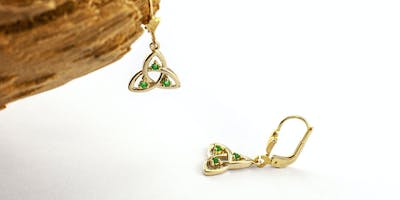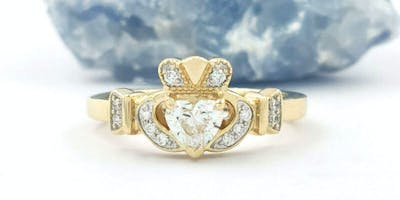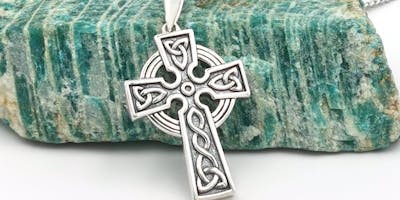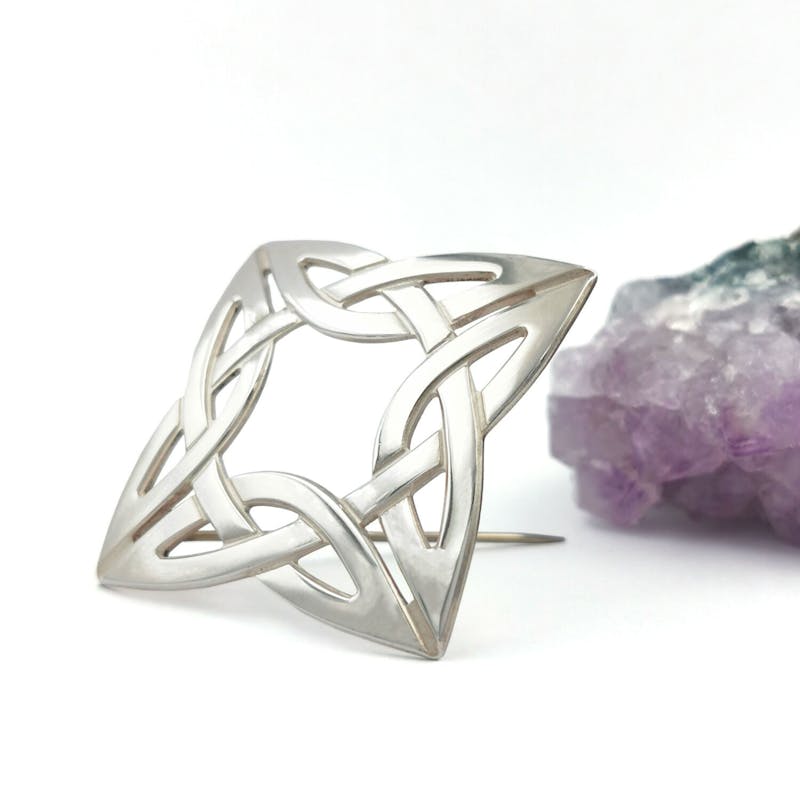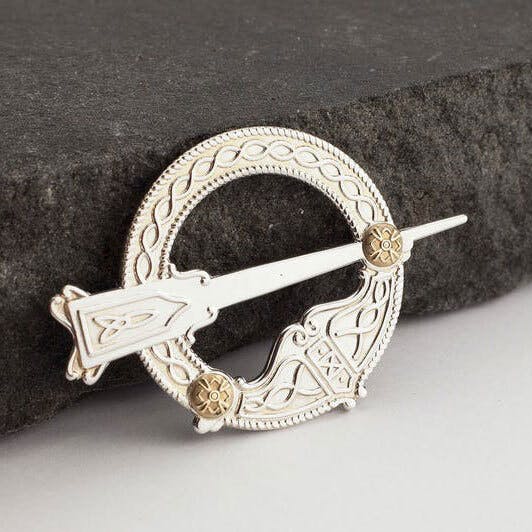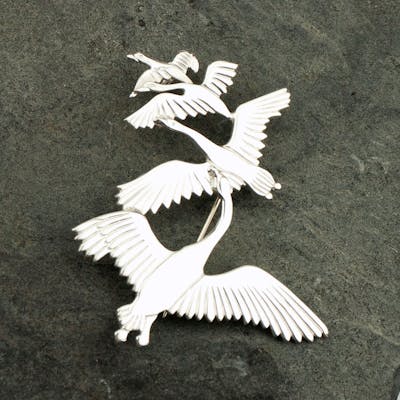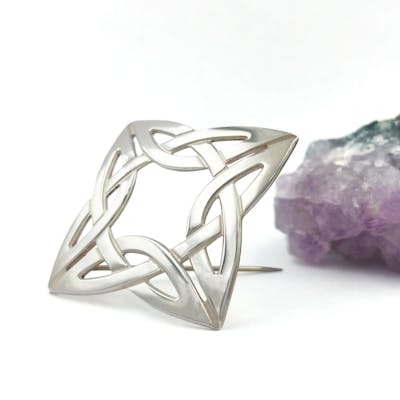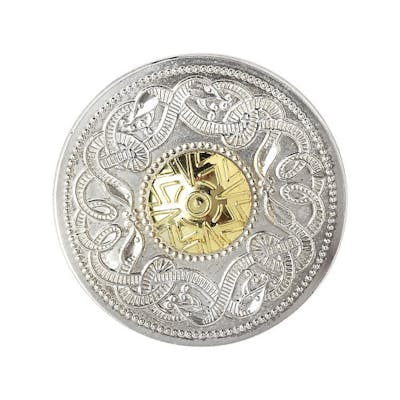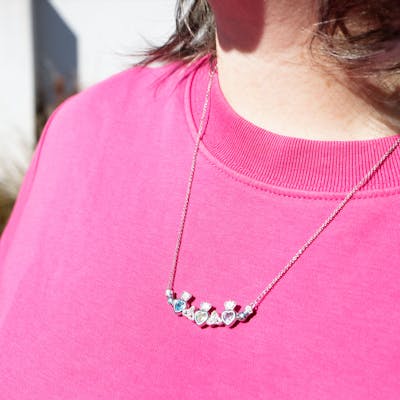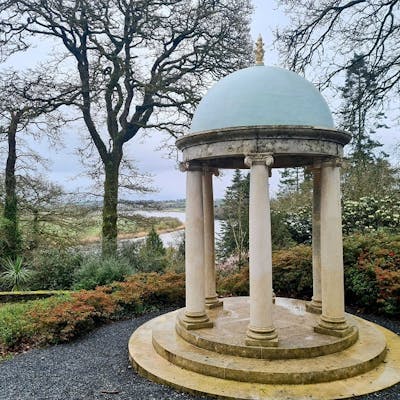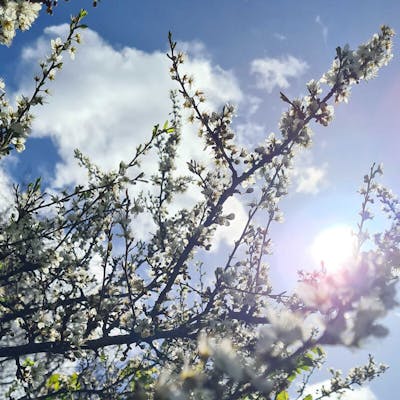
Brooches: Ancient ornaments with style and meaning
Written by Gemma Butler on Apr 16, 2024 | 0 Comments
The word brooch might bring to mind your dear nana’s jewellery box. But these days, you are just as likely to see a statement brooch on the catwalk or the red carpet as in Granny's house. Both men and women are getting in on this trend, too - icons from the style set and Hollywood royalty alike adorn their lapels, collars, hats, and much more with brooches.
So what has heralded the triumphant return of the brooch? Or did it ever really go away? Why do people wear brooches? How do you style brooches? And where and when did brooches originate? Read on for answers to these questions and more below.
Where and when did brooches originate?
Brooches began as far from the red carpet as you can imagine! They are thought to have started out as purely functional articles that were used to secure pieces of clothing. The oldest surviving brooches date back to the Bronze Age in Europe and would have won no prizes for artistry. Often referred to as fibula in academic literature, these early brooches were primarily functional items for many centuries.
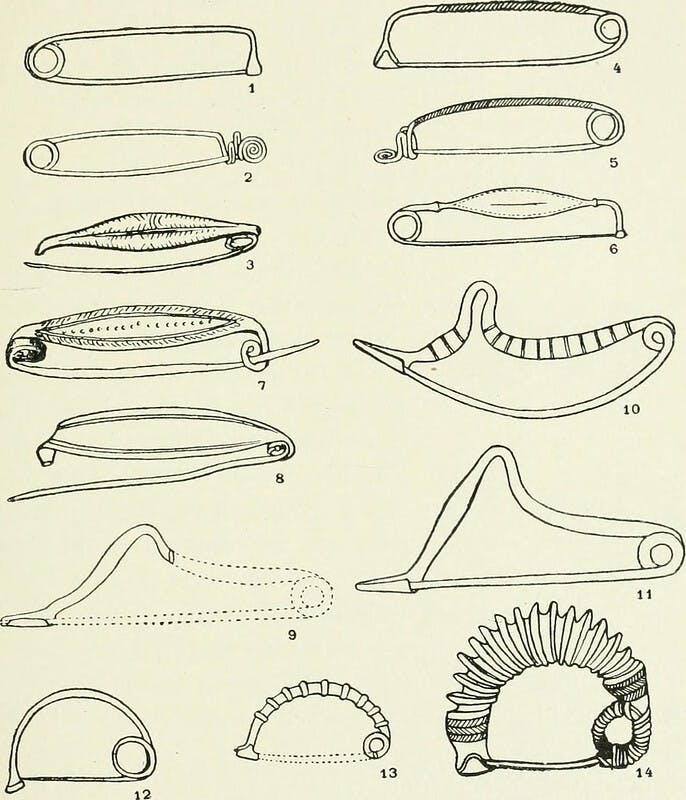
A diagram depicting an assortment of Bronze age fibulae on page page 358 of "An introduction to the study of prehistoric art" (1915) By Ernest Albert Parkyn.
Photo Credit: Public Domain
Celtic annular, penannular, and pseudo-penannular brooches
But it turns out the Celts were trendsetters when it came to brooches. Worn as cloak fasteners, Celtic brooches were substantial in size. They needed to be sturdy and come with an impressively long pin to secure the thick fabric needed in the colder climate of northern Europe. These bigger bolder brooches were largely of two types. Annular brooches were made with a complete metal ring and a large pin.
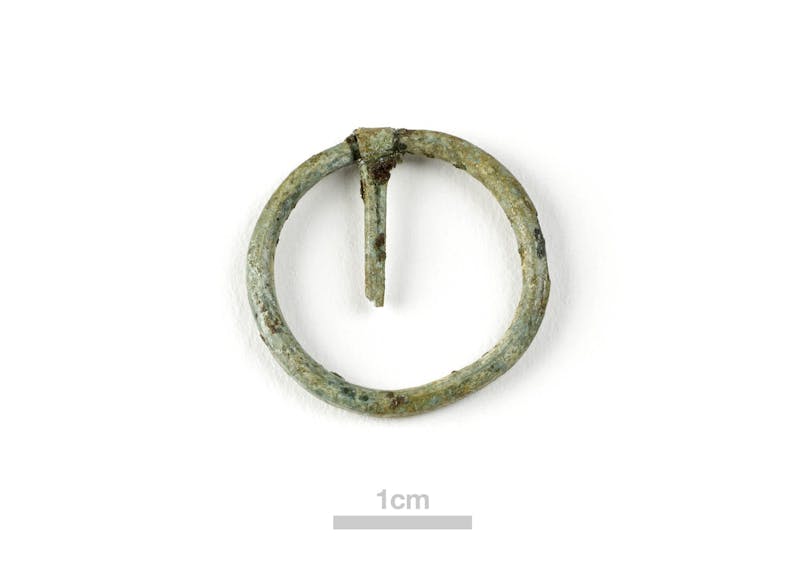
A copper alloy ring or annular brooch with a broken pin discovered in Ireland
Photo Credit: National Museum of Ireland
The fabric was pushed up through the ring and the pin pushed through to fasten it. Penannular brooches were made of a ring of metal with a small gap in the ring for the large pin to move between. This ingenious design had the great advantage of being able to thread the cloth through it without damaging it when it was fastened.
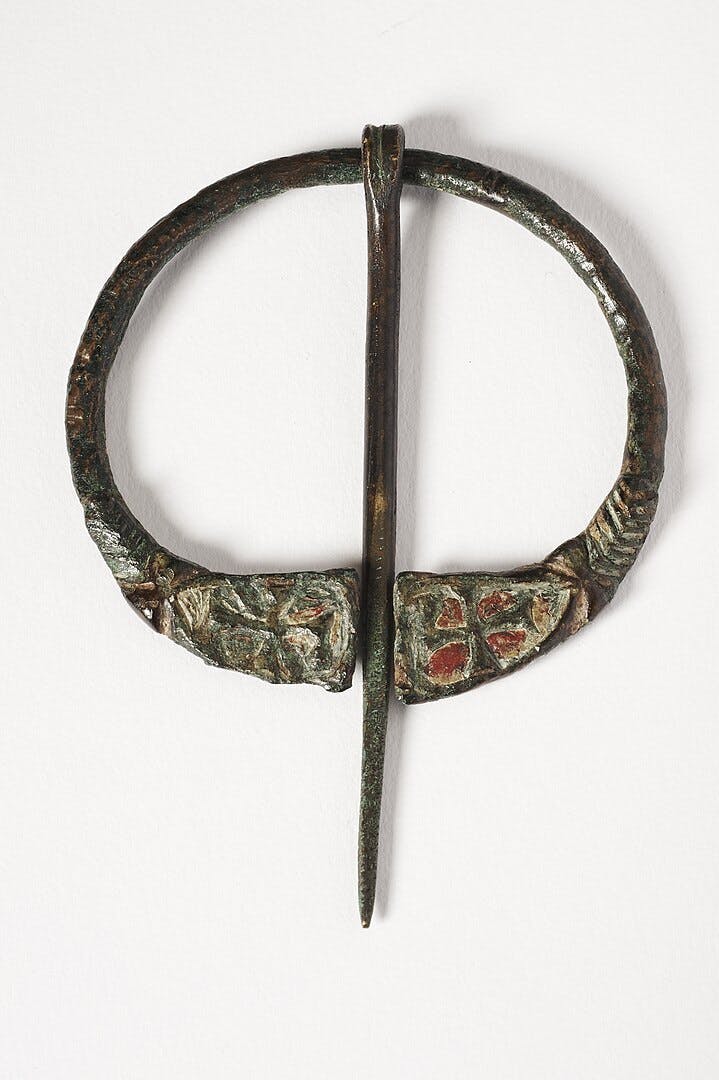
A 6th century bronze penannular brooch, found in Co. Antrim at The Hunt Museum (Limerick, Ireland).
Photo Credit: Eamonn O'Mahony - (Public Domain)
Pseudo-penannular brooches were a common subtype of these items. They were made to look like they had a penannular gap, with two ends called "terminals," but in fact, the ring was intact all the way around.
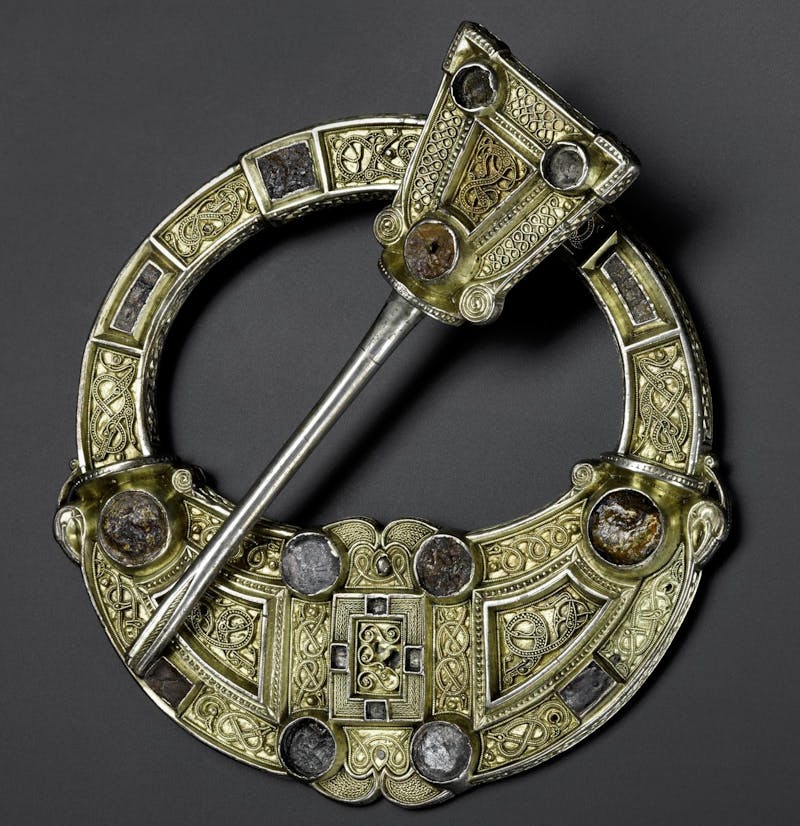
The spectacular Hunterson Brooch with its characteristic ring shape and wide "terminals" in the pseudo-penannular style. Found in Scotland with a Viking engraving on the back, it may have been horded treasure by raiders.
Photo Credit: National Museums Scotland (CC BY-SA 4.0)
All the metal in the penannular, and pseudo-penannular designs in particular, invited decoration and lots of it, as you can see from The Hunterson brooch above! From the Early Medieval period (around 700 AD), Celtic brooches became highly decorative and increasingly ornate. They were stylish status symbols for the elite of Celtic society, worn by both men and women. Less ornate pieces were for everyday wear, while highly decorative pieces made of precious metals and gems were for “special occasion” wear or for those of especially high status.
Brooches were often given as gifts symbolising love or devotion - they became common gifts to a betrothed in Medieval times and were valued as objects with protective qualities.
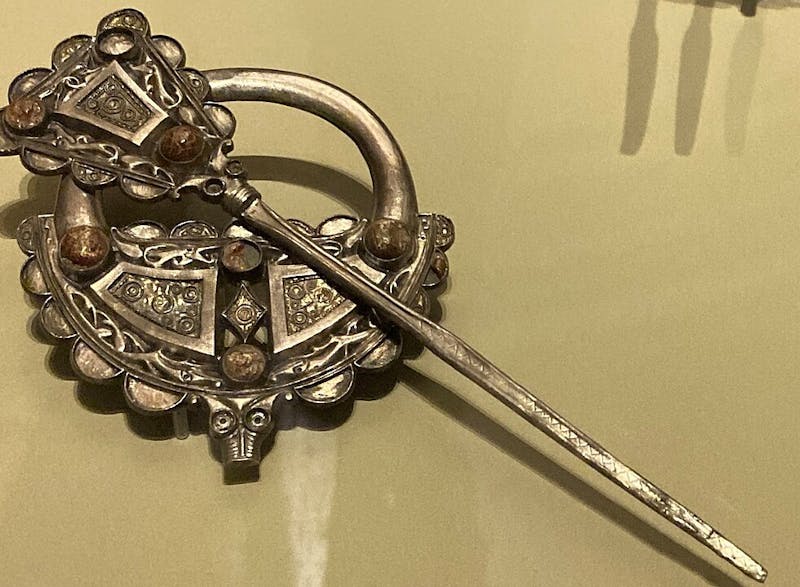
The Roscrea brooch, a 9th century pseudo-pennannanular brooch that has an interesting mix of Celtic and Viking design on display at the NMI.
Photo Credit: Ceoil (CC BY-SA 4.0)
We know this because brooches are mentioned in medieval Irish law. There are tracts relating to how brooches must be worn—with the pin pointing upward so as not to inadvertently injure another person! As we said, those pins were long!
And there are tracts relating to who could wear what manner of brooch. Princes of minor kingdoms must wear brooches of sterling silver, while those heralding from major kingdoms must sport brooches of gold adorned with crystal. Everyone else had to make do with brooches of brass or other metals.
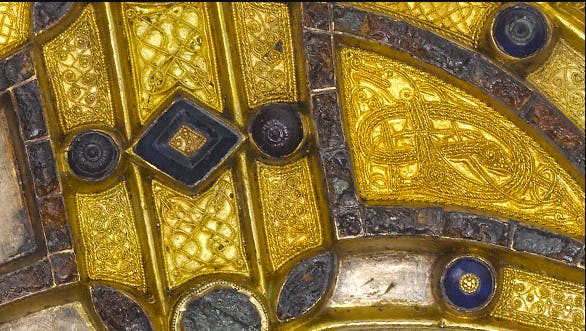
Gold filigree detail on the Tara Brooch
Photo Credit: National Museum of Ireland
The most famous Celtic Brooch: The Tara Brooch
One of the most famous of these extraordinary ornate medieval brooches is the Tara Brooch. Spectacularly ornamented and beautifully detailed, it is celebrated as one of the finest surviving pieces of medieval metalwork. Dated to the 7th century, we don’t know who this brooch was made for. The name would suggest some sort of King or prince, given Tara was the seat of the High King of Ireland in ancient times.
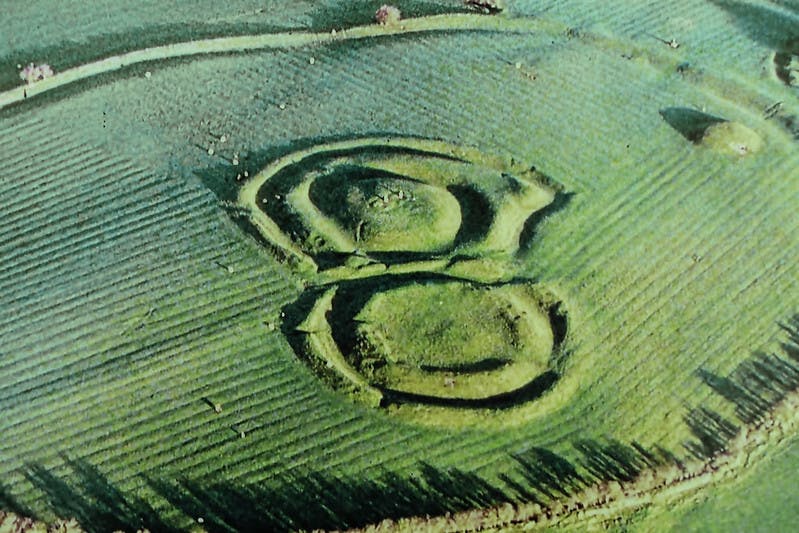
The Hill of Tara from above
Photo Credit: Daniel Mennerich (CC BY-NC-SA 2.0)
But it seems the name was merely clever marketing from an enterprising Dublin jeweler, George Waterhouse. He obtained the brooch after it was supposedly discovered on Bettystown Beach on the Co. Meath coast in 1850 by two young brothers playing in the sand.
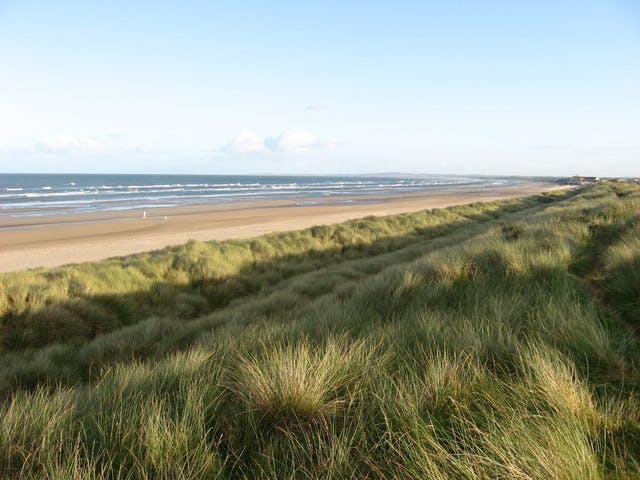
Photo Credit: Kieran Campbell (CC BY-SA 2.0)
Mr Waterhouse was an avid fan of Celtic metalwork and had built his reputation on crafting jewellery inspired by ancient designs. He gave this ancient treasure its name to capitalize on the “Celtic revival”, and for more than 20 years, it was the pride and joy of his Dublin shop, with his replica brooches selling like hotcakes. Queen Victoria famously purchased two!
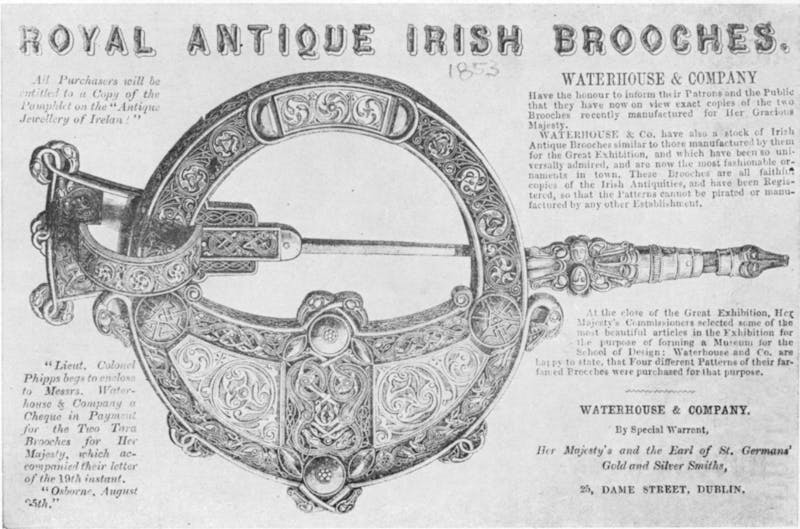
It did leave Dublin on occasion. Firstly, it went—via Windsor Castle at the Queen's request—to the Great Exhibition in London in 1851, where she viewed it again, and to Paris for the Exposition Universelle of 1855, where it was viewed by the great and the good of high society.
Why Brooches and Why Now?
So we know that brooches, particularly replicas of Celtic brooches like the Tara brooch, were wildly popular in the 19th Century. These replicas were no longer functional objects but were worn purely for their decorative qualities. But what happened then? Did they fall out of fashion, and why are they very much in fashion now?

Queen Elizabeth II was a great fan of the brooch - it became an iconic part of her style along with the fantastic hats.
Photo Credit: Oast House Archive (CC BY-SA 2.0)
The truth is, brooches never really went away. Just as they were in medieval times, brooches are often a display of wealth and power and have been enthusiastically adopted by generations of people. Queen Elizabeth II followed in Victorian footsteps, championing brooches. They were the height of style during the Art Deco period and were famously flaunted by Elizabeth Taylor.
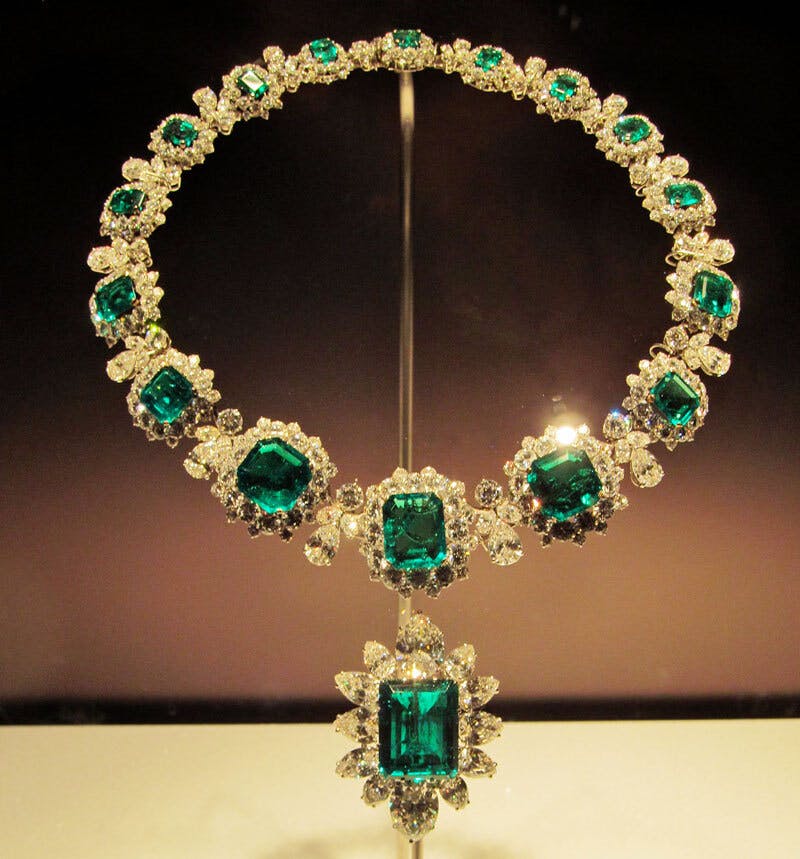
A spectacular emerald necklace with a detachable emerald brooch that belonged to Elizabeth Taylor.
Photo Credit: Rob Corder (CC BY-NC 2.0)
Inspired by these earlier trends and the luxe looks of the 1980s, brooches today are about a return to the big and bold jewellery of the past. With men leading the pack, Irish stars like Paul Mescal, Barry Keoghan, and Cillian Murphy have all recently sported stunning brooches on the red carpet. And if google trends are anything to go by, these accessories are only growing in popularity with searches for “mens brooch” and “brooch for men” interesting breakouts. It seems there is a swing back to the ancient attitudes where brooches were seen as an invaluable accessory for everyone!
How do you wear a brooch?
Brooches have regained their previous popularity, but how do you wear them? The quick answer is any way you like! Unlike our ancient ancestors, there are no rules or laws, and most won't need their brooch to fasten a heavy cloak! Today, we use them to add an instant touch of glamor to any outfit.
Worn on a sweater or scarf, the lapel of a jacket or coat, the band of a hat, the strap of a bag, the waist tie of a dress or shirt, or the collar of a shirt, a brooch adds style, however it is worn. You can even wear multiples; three brooches worn on the lapel of a coat graced several catwalks this year. If you are going for this look, brooches with a similar style, size, metal, or gemstone can work very well. They can be worn on a ribbon, tied at the neck as a decorative choker, or even clipped into hair. We have also seen a trend for adding them to bridal bouquets.
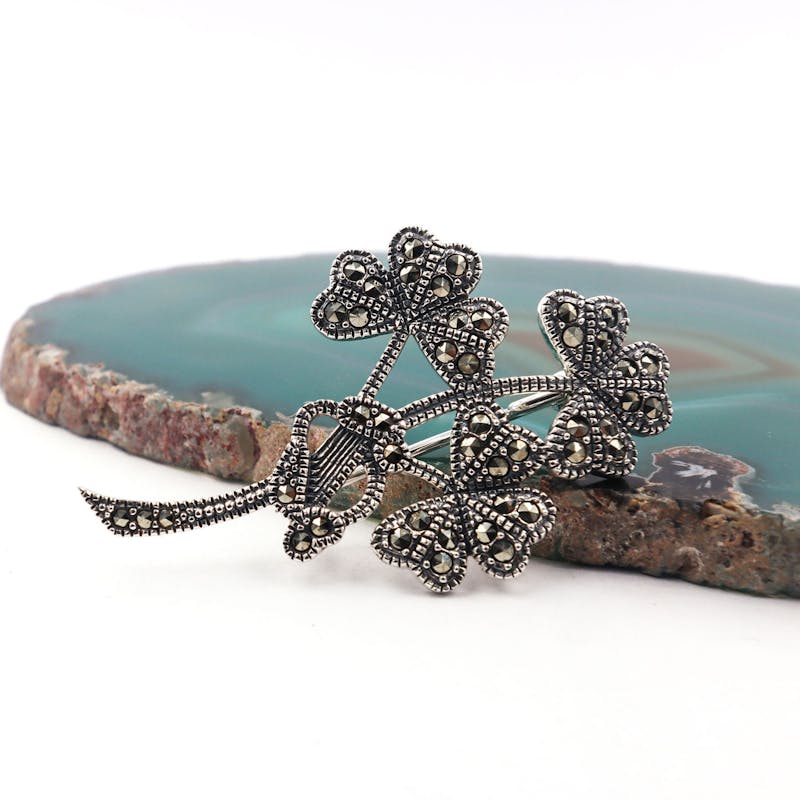
A sprig of lucky shamrock set with glittering marcasite is a talisman that would work equally well in a bridal bouquet, had band or lapel.
The best advice if you have never worn a brooch before and would like to just try it out! It is an opportunity to play and have fun with your accessories, safe in the knowledge there are no rules.
Our Celtic Brooches
If you fancy adding a touch of Celtic style to your look, our expertly crafted Celtic brooches are a great place to start. With a nod back to their ancient origins our brooches make a strong statement - bold pieces that draw the eye and start conversations.
Handmade Glendalough Brooch
€285.00
Get In Touch
Have a question or something you're not entirely sure about when browsing our pieces? Please reach out. You can send us a note or give us a call—the Dublin workshop is here to make sure that you have a perfect experience from start to finish with My Irish Jeweler.
Follow us on Facebook and Instagram, to see what's new and upcoming. Join our Email list for early offers and special features.

Gemma Butler
My Irish Jeweler
Gemma is our head jeweler. She is very passionate about jewelry and watches. Her favorite style is Tree of Life "because family and roots are so important to me".
Comments



